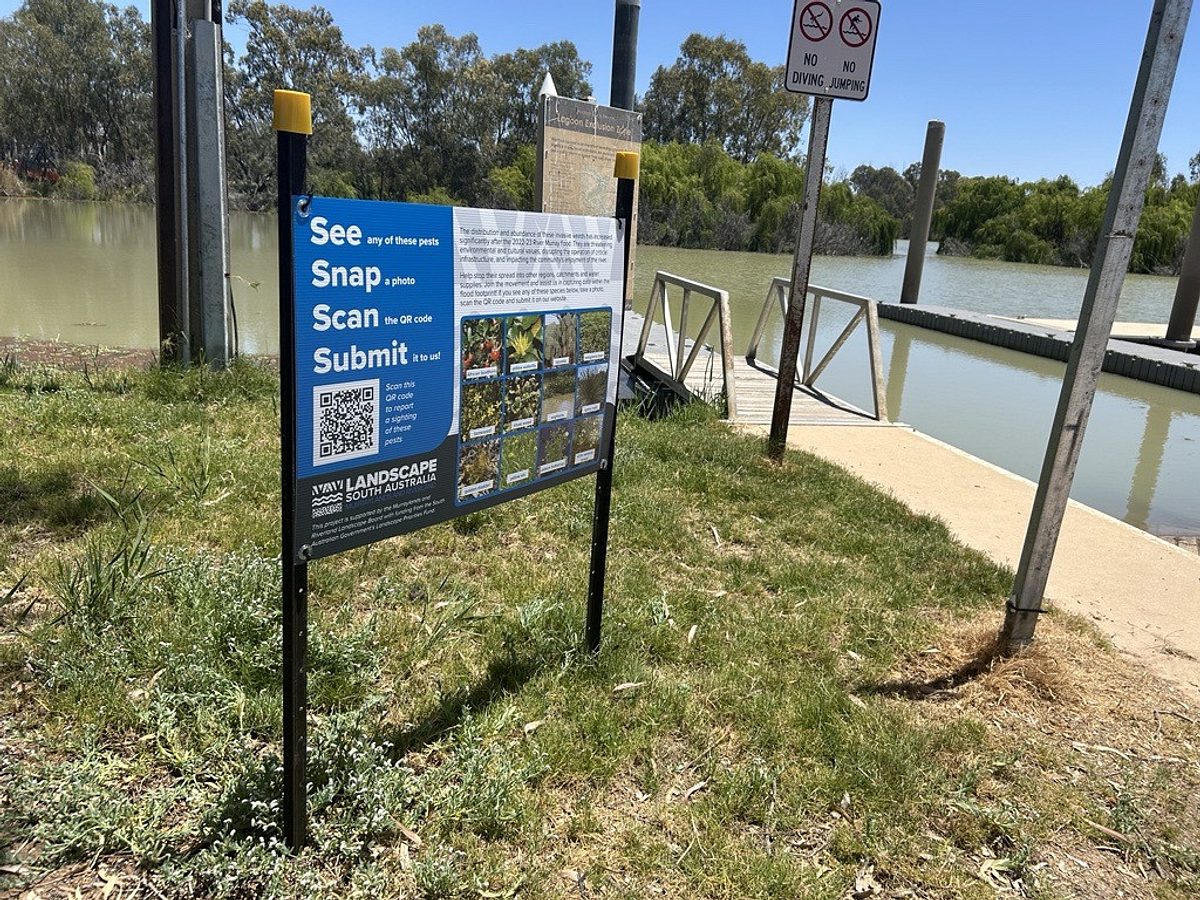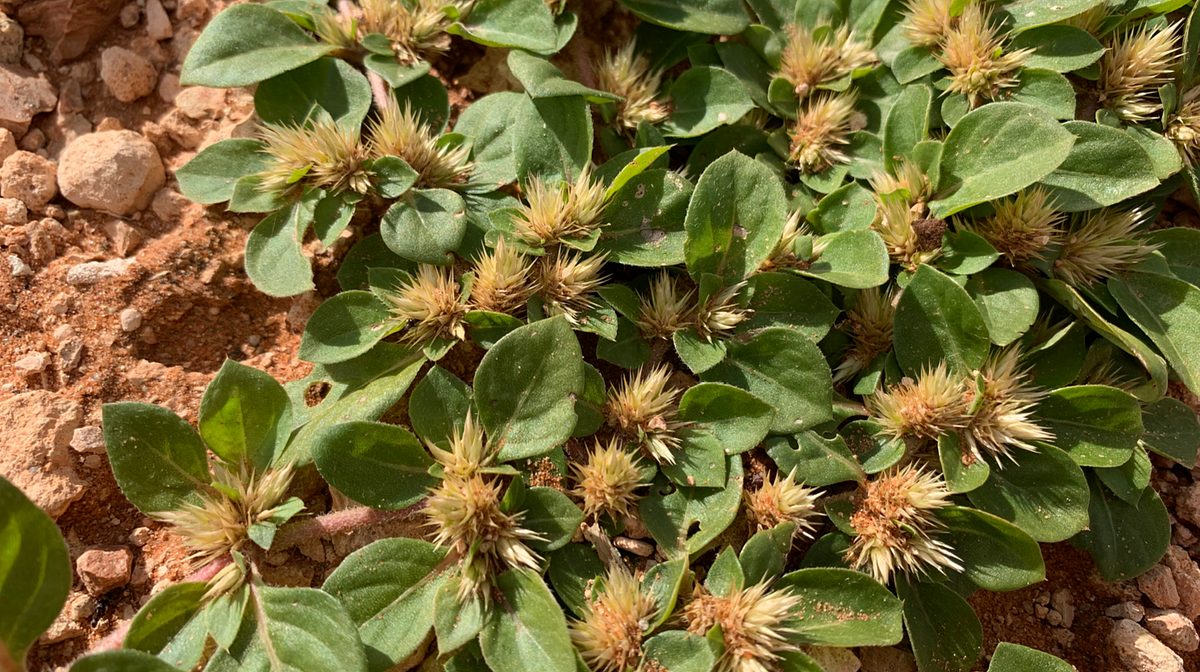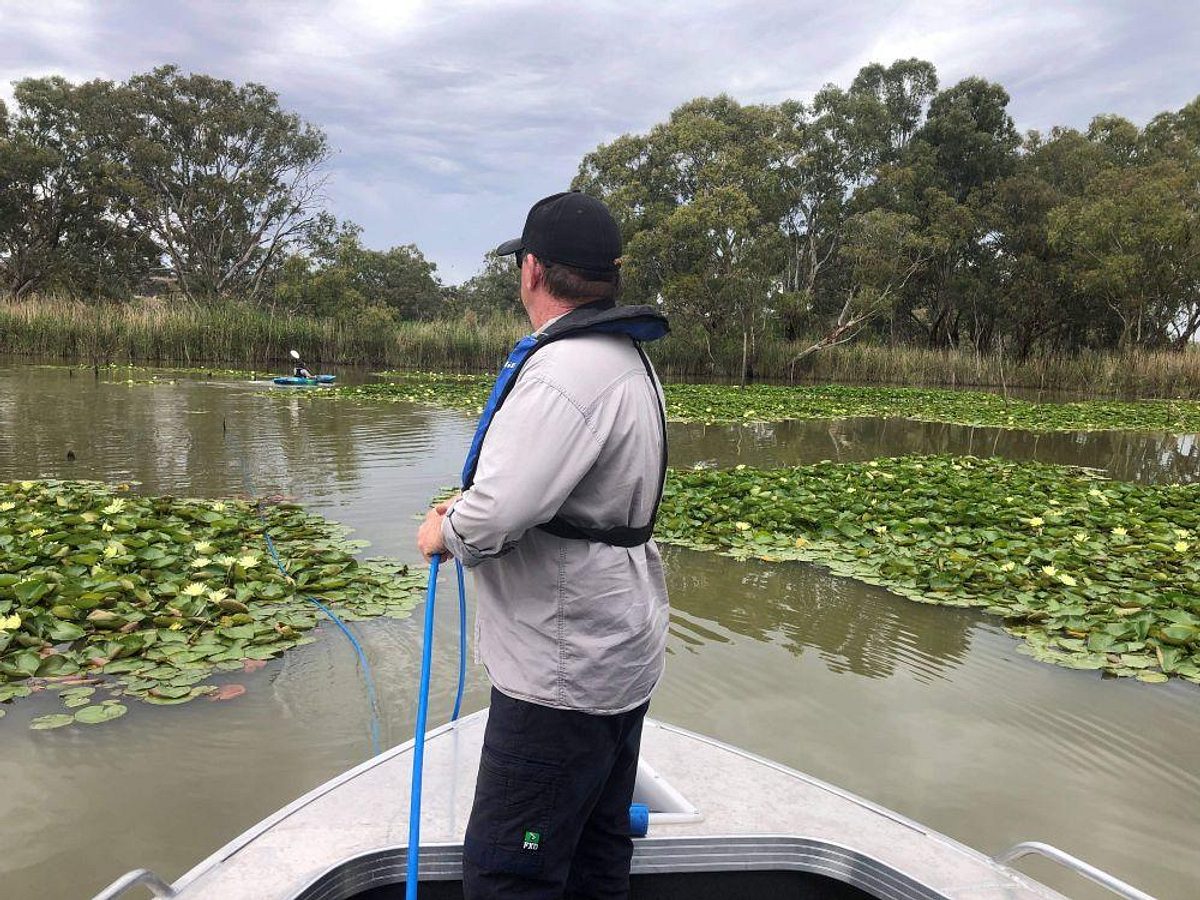A seedy character lurking
Our roadsides are awash with yellow at the moment, flowering native acacia and senna, signalling the start of spring. But there is an unwanted visitor lurking amongst them, and the Riverland District Team are asking you to keep an eye out for the declared weed boneseed.
Posted 27 September 2021.
The Murraylands and Riverland District Manager Hannah Spronk said boneseed is an introduced pest plant, which quickly invades and out competes native vegetation.
“At other times of the year, it can easily blend into its surroundings, and so now when the weed is flowering is the prime time to be on the lookout for it,” she said.
“Staff from the Riverland District Team are conducting inspections of previous infestations and surveying high priority sites to ensure they control the weed before it takes hold.
“The Riverland District Team are also carrying out targeted control work. Landholders are encouraged to take action if they suspect they have found boneseed.
“Depending on the situation, control of boneseed is usually a simple process. For smaller plants, they can often be easily hand-pulled.
Ms Spronk recommends leaving them on site, or if possible, burnt. Don’t dispose of the weed in your general or green waste bins, as this will spread the seed further.
“For bigger plants, the stems are typically quite soft, even when a decent size shrub has grown, and can be cut and swabbed with a suitable herbicide. For those plants where you can’t reach the base, foliar spraying is also a suitable option,” she said.
The seeds of boneseed can remain viable for up to nine years. It is recommended that follow up inspections are completed at least yearly to control any new plants while they are young and easy to remove by hand-pulling.
Inspection and control efforts help protect our region’s natural assets, including roadside vegetation, where animals, humans and traffic can often spread weeds.
Boneseed has a small yellow daisy-like flower and can sometimes be confused at first glance with twin leaf. This small native plant also has similar colours and size flowers.
A closer inspection will help you determine the difference between the two plants. The native twin leaf has lighter green leaves with smooth edges, and boneseed has serrated edge leaves, which are often darker.
“If community members suspect they have spotted boneseed within the region or on their property, they are encouraged to contact the Riverland District Team.
“We can help to identify plants and assist in finding the most appropriate control method, Ms Spronk said.
If you would like more information on identifying or controlling boneseed on your property, please contact the Riverland District Team at the Murraylands and Riverland Landscape Board, Berri, on phone: 8580 1800.
This project is supported by the Murraylands and Riverland Landscape Board through funding from the landscape levies.


